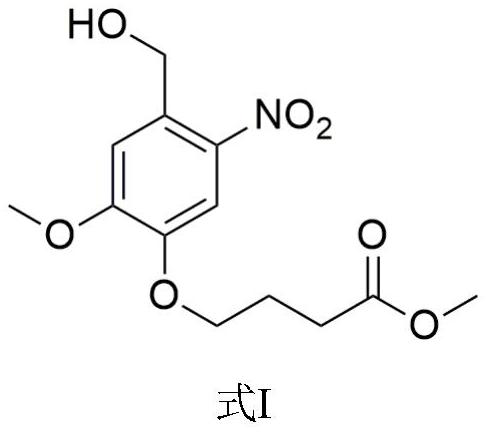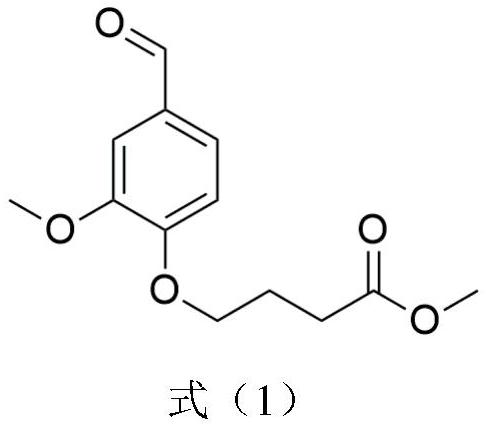An axial gradient protein-loaded silk nerve conduit and its preparation and application
A nerve conduit and silk fibroin technology, applied in the field of biomedical engineering, can solve problems affecting the effect of the action
- Summary
- Abstract
- Description
- Claims
- Application Information
AI Technical Summary
Problems solved by technology
Method used
Image
Examples
preparation example Construction
[0033] 2) Preparation of a photoactive silk nerve guide: dissolving the silk fibroin modified with o-nitrobenzyl photosensitive molecules obtained in step 1) in hexafluoroisopropanol, adding ultrapure water while stirring, Obtain the mixed solution and inject it into the mold, seal it away from light and let it stand for 1 to 5 days, then take it out and wash away the hexafluoroisopropanol in ultrapure water to obtain a photoactive silk nerve guide;
[0034] 3) Preparation of axially graded protein-loaded silk nerve conduits: soak the photoactive silk nerve conduits obtained in step 2) in a nerve growth factor solution, and use blue light to sequentially reduce the irradiation time along the axial direction on the The front region, the middle region and the end region of the photoactive silk nerve guide are irradiated, and then washed with PBS buffer solution under ultrasonic conditions and then freeze-dried to obtain an axially gradient protein-loaded silk nerve guide, wherein...
Embodiment 1
[0054] Preparation of O-Nitrobenzyl Photosensitive Molecules (ONB)
[0055] (1) Dissolve 8.9g of 4-hydroxy-3-methoxybenzaldehyde in 40mL of dimethylformamide (DMF) (concentration 0.2225g / mL), then add 9.89g (1.11 equivalents) of 4-bromobutyric acid methyl Esters and 10.2g (1.15 equivalents) of potassium carbonate were stirred and reacted at room temperature for 16 hours, and then the reaction solution was poured into ice water. After precipitation and suction filtration, the filter cake was dissolved in dichloromethane, and anhydrous magnesium sulfate was added to dry and remove water, and filtered Magnesium sulfate was removed, and the collected filtrate was evaporated to remove dichloromethane under reduced pressure to obtain the first intermediate product methyl4-(4-formyl-2-methoxyphenoxy)butanoate (molecular formula 1).
[0056] (2) Take 9.4g of the first intermediate product and slowly add it into 140mL of 65% nitric acid solution in v / v under ice-water bath conditions. ...
Embodiment 2
[0059] Preparation of silk fibroin:
[0060] (1) Heat 2000mL of sodium carbonate solution with a concentration of 0.02mol / L to 100°C, add 50g of mulberry silk and continue to boil for 30min, remove sericin, wash and soak in ultrapure water until the washing liquid becomes neutral.
[0061] (2) Dissolve 20g of mulberry silk from which sericin has been removed in 100mL lithium bromide solution with a concentration of 9.3mol / L at 60°C, react for 4h, cool to room temperature, dialyze with ultrapure water for 3 days, and then freeze-dry to obtain 15g silk fibroin.
PUM
| Property | Measurement | Unit |
|---|---|---|
| wavelength | aaaaa | aaaaa |
Abstract
Description
Claims
Application Information
 Login to View More
Login to View More - R&D
- Intellectual Property
- Life Sciences
- Materials
- Tech Scout
- Unparalleled Data Quality
- Higher Quality Content
- 60% Fewer Hallucinations
Browse by: Latest US Patents, China's latest patents, Technical Efficacy Thesaurus, Application Domain, Technology Topic, Popular Technical Reports.
© 2025 PatSnap. All rights reserved.Legal|Privacy policy|Modern Slavery Act Transparency Statement|Sitemap|About US| Contact US: help@patsnap.com



